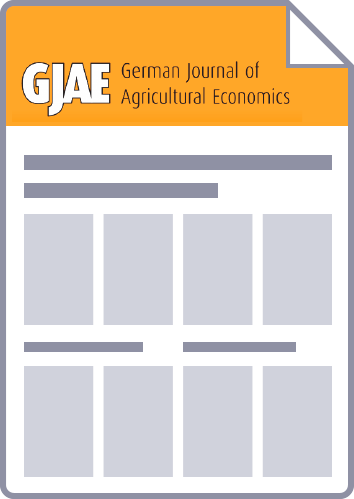The article’s aim is to conduct a comparative cross-section analysis of the innovative behaviour of the German manufacturing industry. The peculiarities of the food industry are tested in a combined analysis based on both input and output indicators. Linear and logistic regressions are used to investigate the differences between the food industry and other branches of the manufacturing industry.
In comparison to other branches, the food industry has lower research & development (R&D) expenditures whereas the import of research from more technology intensive sectors is high. Most of the released new products are improvements and imitations. Market novelties are rare. The development time for new products is relatively short compared to other industries, on average 8.5 months. A major part of innovations are imitated rapidly by competing firms, therefore the first mover advantages are low. Due to the low newness of innovations, marketing activities (e.g. advertising, labelling) are more important for new product introductions than in other industries.
The regression analysis for the input indicators measured by the innovation intensity shows that the innovative behaviour of food companies significantly deviates from other manufacturing sectors. However, the logistic regression analysis of the output indicators doesn’t confirm these results. The dummy variable of the food companies has no significant impact on the output indicators. Firms in the food industry might embark on imitation and product modification strategies. Therefore, they realize an average innovation output without spending the same amount of money as the other industries. In addition, it can be confirmed that small enterprises of the German manufacturing industry have a higher innovation activity in terms of both innovation input and output. The impact of business expectations on input and output indicators is significantly positive. An international orientation measured by the ratio of exports to firm sales leads to a higher probability of introducing new products and novelties.



